Blood Vessels
Blood vessels are the tubes that carry blood throughout the body. There are three main types of blood vessels: arteries, veins, and capillaries.
Arteries
Arteries are blood vessels that carry oxygen-rich blood away from the heart to the rest of the body. They have thick, muscular walls that help them withstand the high pressure of blood being pumped by the heart.
Veins
Veins are blood vessels that carry oxygen-poor blood back to the heart. Unlike arteries, veins have thinner walls and contain valves to prevent the backflow of blood. They rely on the contraction of surrounding muscles to help push the blood back to the heart.
Capillaries
Capillaries are tiny blood vessels that connect arteries and veins. Their thin walls allow for the exchange of gases, nutrients, and waste products between the blood and the body's tissues.
Functions of Blood Vessels
1. Transportation: Blood vessels transport oxygen, nutrients, and waste products throughout the body.
2. Regulation: Blood vessels help regulate blood pressure and blood flow to different parts of the body.
3. Exchange: Capillaries facilitate the exchange of gases, nutrients, and waste products between the blood and the tissues.
Study Guide
Here are some key points to remember about blood vessels:
- What are the three main types of blood vessels?
- Describe the structure and function of arteries, veins, and capillaries.
- Explain how blood vessels contribute to the transportation, regulation, and exchange of substances in the body.
Additionally, it's important to understand the role of blood vessels in maintaining overall cardiovascular health and the impact of lifestyle choices on blood vessel function.
Understanding the structure and function of blood vessels is essential for comprehending the circulatory system and its role in maintaining the body's overall health and well-being.
.◂Science Worksheets and Study Guides First Grade. Human body

 Activity Lesson
Activity Lesson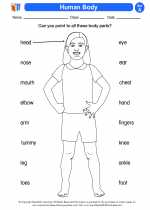
 Worksheet/Answer key
Worksheet/Answer key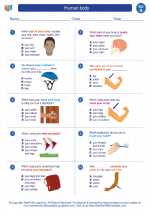
 Worksheet/Answer key
Worksheet/Answer key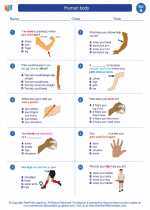
 Worksheet/Answer key
Worksheet/Answer key
 Worksheet/Answer key
Worksheet/Answer key
 Worksheet/Answer key
Worksheet/Answer key
 Worksheet/Answer key
Worksheet/Answer key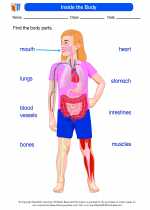
 Vocabulary/Answer key
Vocabulary/Answer key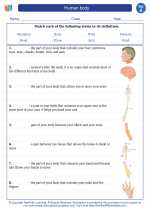
 Vocabulary/Answer key
Vocabulary/Answer key
